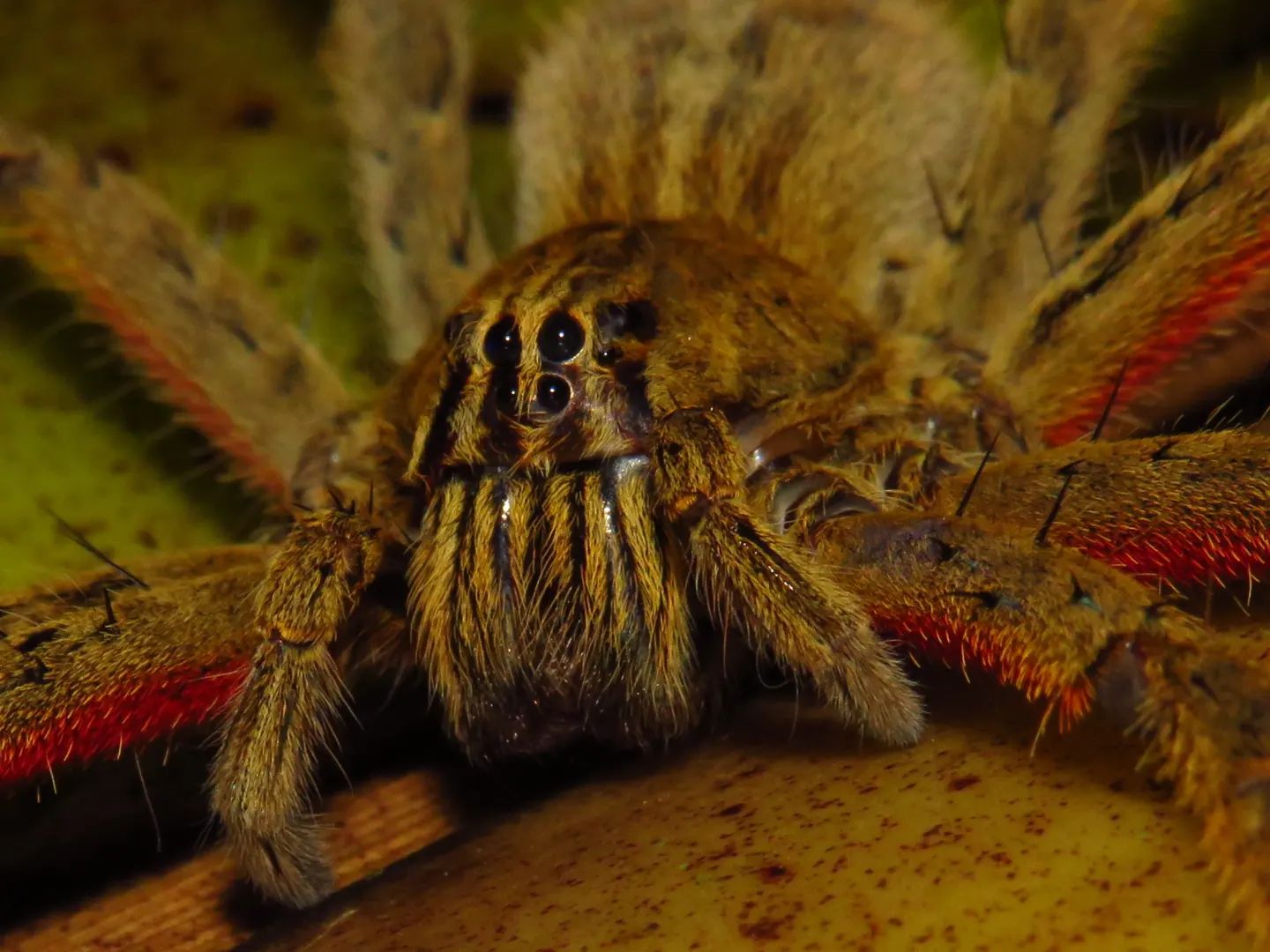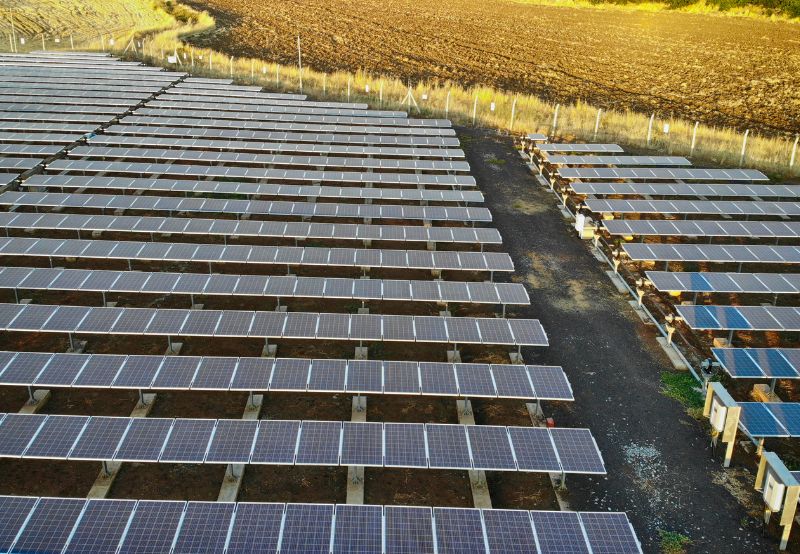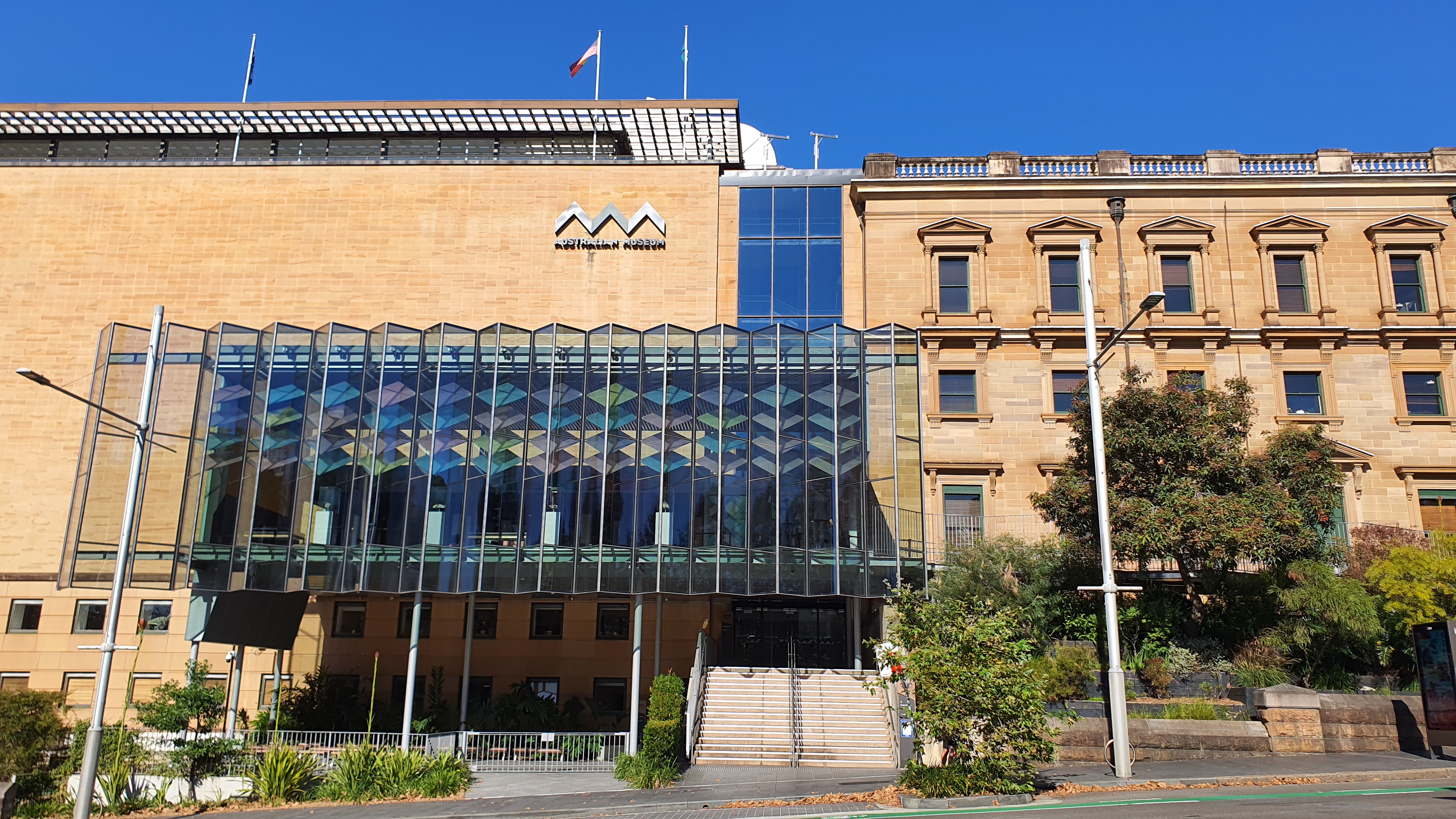In 2001, South African-born couple, Genevieve and Ian Giddy traveled to Costa Rica to climb Mount Chirripó, one of Central America’s highest peaks, protected within Chirripó National Park. Coming down from the 3,821-meter (12,536-foot) summit, the couple viewed a stark divide between the protected biodiverse high-altitude cloud forest and the deforested cattle pasture and farms below.
It was a revelatory moment.
A year later, they returned and purchased a small cattle farm on the park’s border, with the ambitious intent of restoring a patch of transitional cloud forest — a long-lost bit of habitat located between 1,500 and 2,500 m (5,000 and 8,300 ft). Over the ensuing years, they purchased six more farms, totaling 283 hectares (700 acres). They dubbed their acquisition Cloudbridge, establishing it as a habitat link and buffer between Chirripó National Park and the human communities far below.
The couple had much work ahead. The purchased land was “all basically played out, old agricultural land [though] some was in natural regeneration — secondary forests — and some [small amount] was still in old-growth,” recalls Tom Gode, president of the board of directors of the U.S.-based Cloud Forest Conservation Alliance (CFCA), which manages Cloudbridge Nature Reserve today.
The Giddys’ planned to expand the forest zone outside the national park, so they quickly started planting trees. But they soon learned that restoring a complex transitional ecosystem isn’t easy. Most early plantings didn’t survive, says Gode, who came on board in 2006.
“By year three, they’d lost almost 90% of their trees,” largely due to inadequate maintenance, but also because seedlings purchased at nurseries turned out to be poorly adapted to the “island habitat” of the high-altitude cloud forest. Undaunted, the couple treated their failures as learning opportunities. It was time, they knew, to try something new.


Saving an island habitat in the clouds
Contents
To understand why the Costa Rican cloud forest is important to global biodiversity, one needs to understand how so-called “island habitats” function, with their dynamics defined by a discipline known as island biogeography, or insular biogeography, a field created in the 1960s by ecologist Robert H. MacArthur and biologist E.O. Wilson. An insular environment is an area of habitat suitable to a particular ecosystem, but surrounded by unsuitable habitat — traditionally defined as a terrestrial island isolated by ocean.
But today, scientists know that “habitat islands” come in all types and shapes, and aren’t only encircled by the sea. Costa Rica’s cloud forest, for example, is a habitat island demarcated not by water but isolated by altitude, with the “shore” of that cloud-enshrouded enclave isolated even further by encroaching human-caused development and deforestation.
Chirripó National Park itself is an island of habitat, with its biodiversity especially vulnerable due to the park’s size (just 50,849 hectares, or 125,651 acres). That’s because the smaller a habitat is, the fewer the species that can occupy it. This makes extinctions more likely, a dynamic defined by island biogeographers as the “species-area relationship.” But conversely, the bigger an island habitat, the more resilient it is — a fact that boosts the value of the Giddys’ restoration effort.
Today, climate change is making cloud forest survival even more precarious, as higher altitudes turn hotter and drier. In future, there may be nowhere left for high-altitude-adapted species to climb to find optimal temperature and moisture levels, even as lowland species continue moving upward to compete with upland species, with unknown results.
All this makes the protection and restoration of cloud and transitional montane forest more important than ever.
 forest in Chirripó National Park.” width=”1536″ height=”1024″ />
forest in Chirripó National Park.” width=”1536″ height=”1024″ />Early seed collecting and planting
In 2006, with 90% of their seedlings not surviving, the Giddys needed a new restoration plan. Together with Gode, they decided to let nature lead and determine what to plant and where.
Instead of buying nursery trees, they harvested seeds directly from nature, found at the appropriate altitude. And it worked. It’s a technique they continue using today.
“We go into the old-growth forest. We gather up the seeds, or in some cases, we transplant seedlings, and we run our own nursery,” Gode explains. Doing so, they plant fewer trees, but far more survive. Over time, the NG0 reversed the reserve’s 90% tree loss, turning it into a 50% survival rate.
Which still wasn’t good enough. After several research projects at Cloudbridge provided invaluable scientific input, the conservation team revamped again. Employing cardboard as mulch and adding microrhizomes to the soil, they boosted survivability to an impressive 90%.
Local knowledge proved invaluable too, Gode says. The team learned the most difficult places to plant were east-facing slopes because they get hot, early morning sun, which dries out seedlings. So they tried “island planting,” putting out a few hardy trees in barren fields. Birds roosted in them and brought seeds into the fields. More trees and shrubs grew, with the pioneer trees offering shade.
“It was a crapshoot whether any of [the trees] would survive, but realistically, we do know that even if one of them survives, the birds will use it … It’s effective,” says Gode. Island planting is supplementary to the primary mode of restoration: doing intensive planting in areas that need it.

Dancing in the space between
One problem facing the restorers was knowing precisely where to place seedlings and seeds. That issue was made more difficult because Cloudbridge is located in an ecotone — an area of transition between two biological communities. “Because of our elevation, Cloudbridge is a transitional forest. If you go above Cloudbridge, it’s almost 100% oaks. You go below Cloudbridge, there’s almost no oaks. It all changes right here,” Gode explains. To address the ecotone effect, the restorers typically plant an area half with oaks and half with other species.
They also don’t try to imitate natural ecological succession in their plantings. Instead of reforesting with pioneer species (naturally the first to come after deforestation), they jump right to seeding with climax species (trees that would naturally arrive last and live the longest).
One reason for this counterintuitive strategy concerns seed size and distribution: “We plant a forest closer to an old-growth forest than we do a natural regenerated forest. [That’s because] natural regeneration is primarily [carried out by] airborne seeds, or seeds that the birds carry in. But a lot of our [climax species] seeds here are [huge], the size of a [ripe] avocado, which obviously, a bird’s not going to carry in.”
These are seeds only a large animal such as Baird’s tapir (Tapirus bairdii), the largest wild land mammal currently living in Central and South America, can disperse. But when Cloudbridge was founded, no Baird’s tapirs were living among the degraded pastures.

In the far distant past, other megafauna, now extinct, likely would’ve played the tapir’s seed-spreading role, including the elephant-like gomphotheres. However, species-area relationships apply here too: Stressed small island habitats are most likely to see their large species go extinct first.
Lacking resident tapirs or gomphotheres, humans became Cloudbridge’s climax forest seed dispersers, though they also relied on gravity to distribute the roundish avocado-sized seeds. “We took an approach 10 years ago to plant the ridge lines, with the understanding that the [big climax forest] seeds would [fall from maturing trees] and roll down the hill,” says Gode.
Today, Cloudbridge staff and volunteers have recorded sightings of Baird’s tapir, though the animals remain transient, usually showing up only in the dry season. The forest probably isn’t large enough yet for tapirs to take up residence here, says Gode.
“In order for the forest to mature to something that resembles an old-growth forest, we would be talking centuries and centuries,” Gode explains. “Our forest is jump-starting literally centuries ahead of what natural regrowth would do.” And it’s working!

Return of the resplendent quetzal
With livestock gone and climax trees regrowing, more wild animals began returning. “If we go back 18 years, we didn’t see wildlife; we didn’t see birds here,” Gode recalls. “You might spot a vulture go overhead, and I could probably count all the [local] bird species on one hand.”
As of today, the staff has cataloged 305 bird species at Cloudbridge — a sixtyfold increase in less than 20 years. That includes the return of the resplendent quetzal (Pharomachrus mocinno), an unmistakable beautiful cloud forest bird found in Central America’s high places and listed as near threatened on the IUCN Red List.
“I think it’s one of the most iconic species of the cloud forest. That’s something that’s very magical, and something people are really excited to be able to see here occasionally,” says Casey McConnell, Cloudbridge’s general manager.
In addition, the team confirms that the recovering forest has been used by all six wild cat species found in Costa Rica: the oncilla (Leopardus tigrinus), margay (Leopardus wiedii), jaguarundi (Herpailurus yagouaroundi), ocelot (Leopardus pardalis), puma (Puma concolor) and jaguar (Panthera onca).

Operations manager Max King points out that it’s “very strange” to have both the ocelot and oncilla spending time here. “Normally, an ocelot, which is bigger than an oncilla, will kill the oncilla, because they have similar niches within the ecosystem.” But the two felines seem to be coexisting.
Why that is, the team is still investigating, but King suggests it might be due to the uniqueness of Cloudbridge. “I think part of that is … the transitional nature of the forest,” allowing the ocelot and oncilla to take advantage of different forest types within a small area.
Cloudbridge now has a resident female puma, who has successfully reared its young there. “This shows you [the forest can already support] an apex predator. It shows the health of the forest,” King says. Jaguars have also appeared in Cloudbridge, but aren’t residents; instead, they move through the preserve on the way between adjacent Chirripó National Park and the lands below.
The restored forest is also home to lesser-known wild species, including Dice’s cottontail (Sylvilagus dicei), a rabbit species found only in a small area of mountainous Costa Rica and Panama, and listed as vulnerable by the IUCN.

Warming mountaintops
Despite the successful restoration effort, Cloudbridge still must deal with ongoing edge effects and, like everywhere else on the planet, accelerating climate warming.
Edge effects occur when a forest runs up against a drastically different ecosystem, in this case open livestock pasture and croplands. Edge forests tend to be less diverse, drier, and suffer more damage from winds, and are at more risk of burning. Bird species from deeper in the forest, don’t thrive in edge habitat.
Climate change is also making the small, edge-impacted reserve more vulnerable. McConnell explains that the weather “is not as predictable as it has been in the past.” As climate change-driven heat rises higher up the mountain, the cloud forest is drying out.
McConnell has also seen wild species coming up from the lowlands as the heights warm, putting them in competition with higher-altitude species. That includes the chestnut-headed oropendola (Psarocolius wagleri). “It’s a bird that … previously would not be seen … at these elevations,” she says, but now it’s at Cloudbridge — and not in small numbers, but in whole flocks.

The effects of climate change are also shifting how the Cloudbridge organization approaches restoration. “When we started, we planted based on where we found seeds. If we found it close to the stream, we planted close to streams … Now, we plant them randomly everywhere because we don’t know what’s going to survive [or where], and nature will sort it out over the next umpteen years” as the world warms, says Gode.
The reserve, although small in size, could also have a positive impact on the local climate. The renewed forest is cooler and wetter than the degraded pasture and cropland it replaced. It also acts as a buffer, helping protect the cloud forest in adjoining Chirripó National Park. Increasing the size of the Chirripó ecosystem will also potentially increase its resilience in the face of increased warming or drought.
In addition, planting large, old-growth species may lead to more carbon storage more quickly than other similarly sized restoration projects, though that research has yet to be done. Cloudbridge has educational value too: It gets a few thousand visitors annually, tourists who learn about the threat climate change poses to the cloud forest.
The privately owned preserve relies almost entirely on tourists and volunteers to fund its operation. At this point, most of the reserve has been replanted, with the NGO having grown as many as 50,000 trees. “I think we’ve been a little bit a victim of our own success,” King remarks. “We’ve run out of space.”
But that limitation isn’t deterring the group from moving forward. It plans to work with local landowners to help them restore their forests, and hopes to build natural corridors so wildlife can continue moving through the landscape. If the team is able to significantly replicate its success across the region, it could further reduce climate change impacts, especially since trees help generate the mists vital to cloud forest survival.
Ian Giddy passed away in 2009, but Genevieve Giddy is still affiliated with Cloudbridge. She visits when she can and gives presentations both in the U.S. and Canada about the work she and her husband started more than 20 years ago: The seeds they planted in the montane soil, and in people’s hearts, have grown into a functioning ecosystem with ongoing stewardship — a thriving forest community amid the clouds.
Banner image: A resplendent quetzal, an iconic bird of Central America’s cloud forest. Image by Cephas via Wikimedia Commons (CC BY-SA 4.0).
Citation:
Hanski, I., Zurita, G. A., Bellocq, M. I., & Rybicki, J. (2013). Species–fragmented area relationship. Proceedings of the National Academy of Sciences, 110(31), 12715-12720. doi:10.1073/pnas.1311491110




